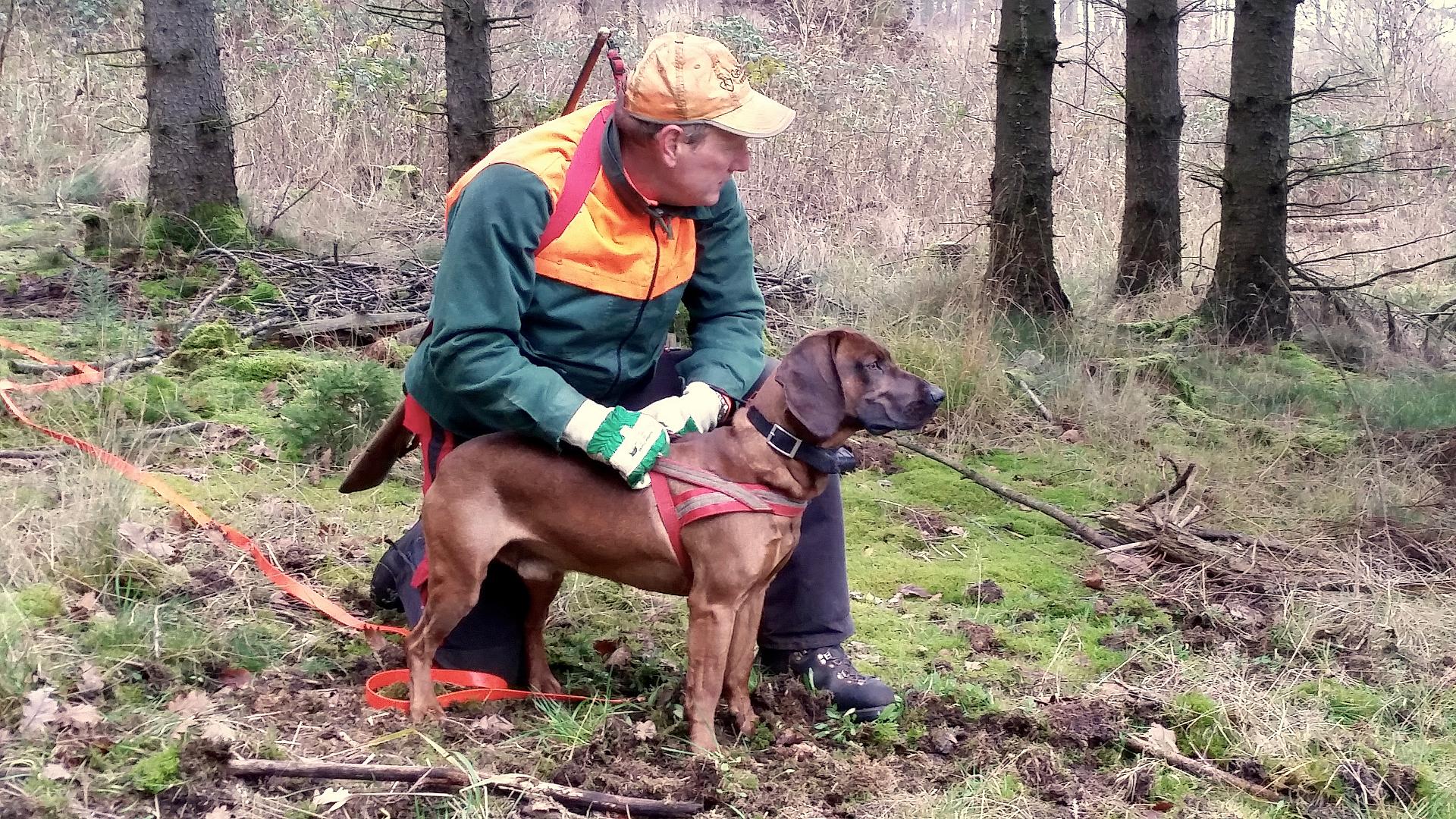Track star
What you need to know about turning your pooch into a blood-tracker
Advertisement
Ethical big-game hunters strive to quickly anchor their quarry with a well-placed shot. If not immediately paralyzed, however, most animals will travel at least a short distance before expiring. When that happens, the hunter has an ethical and legal responsibility to retrieve the animal. But what if your blood tracking skills aren’t up to snuff? That’s where a hunting dog can help, increasing the odds of finding game even after the blood trail stops.
Regulations
Advertisement
Currently, dogs can be used to find wounded big-game animals in B.C., Ontario, Quebec and Nova Scotia, but check your regs because the rules vary widely among the provinces. In general, most tracking is carried out with dogs on a short leash; other game and firearms laws still apply. And, of course, permission is still required before entering private property.
Breeds
While hounds are the first breeds that generally come to mind for tracking, most dogs with a good field pedigree and the drive to follow scent trails can be trained for blood tracking. The best bet is to choose a Labrador retriever or German shorthaired pointer bred for hunting, or a more conventional tracker such as a beagle or dachshund.
Advertisement
Training
Learning to follow a blood trail should start early in a puppy’s life. For this, you’ll need a supply of blood and piece of hide from the same animal, such as a deer you’ve taken. And while it’s called blood tracking, the dog is actually tracking skin particle odours from the animal’s hide—the blood merely acts as a carrier for the scent molecules. To begin training, crate your dog before creating a scent trail through the woods with the hide and blood. Then let the dog out, attach it to a leash and let it follow its nose to find the hide. Once the dog understands what it must do, the mere sight of the tracking lead will have it vibrating with eager anticipation.

